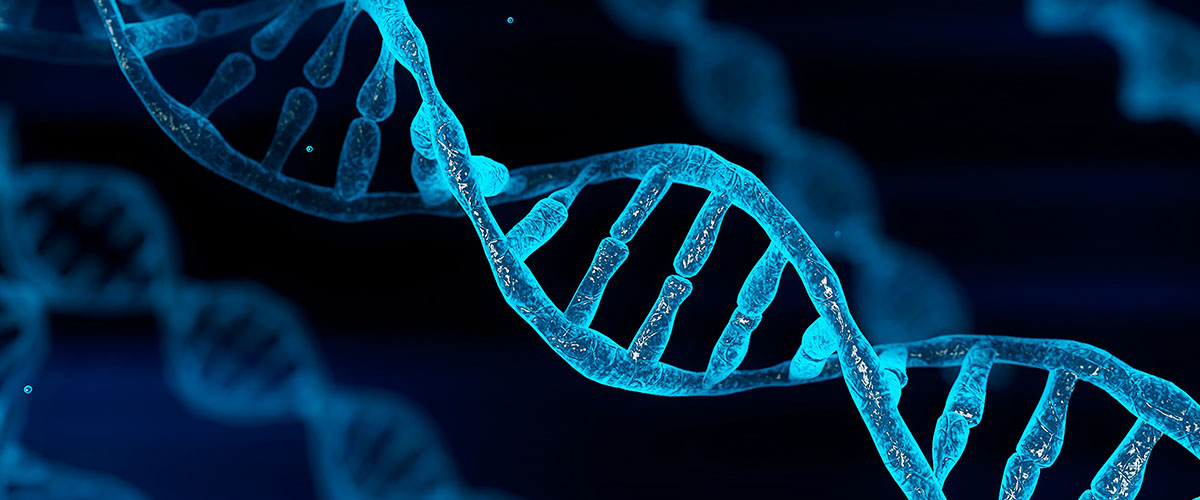)
The use of extracellular vesicles to improve breast cancer screening and monitoring
Project Title: The use of extracellular vesicles to improve breast cancer screening and monitoring
Project Duration: 2023-2025
MOHCCN Consortium: Atlantic Cancer Consortium (ACC)
Investigators: Sherri Christian
Partners:
- Memorial University of Newfoundland
- Eastern Health
Aim/goals:
- Profile up to 50 patient breast cancer samples by whole genome sequencing and RNA-seq
- Assess the prevalence and phenotype of extracellular vesicles in liquid biopsy samples (eg. blood and urine).
- Determine if the presence and phenotype of extracellular vesicles in the liquid biopsy correlates with the molecular profile (WGS and transcriptational profiling)
Summary:
New tests are needed to screen for breast cancer in order to detect it earlier when treatments are the most effective. In addition, more sensitive and accurate tests would be useful in determining if a particular treatment is working in an individual patient. Extracellular vesicles (EVs) are nano-sized particles secreted by all cells with cancer cells secreting thousands of times more EVs than normal cells. EVs carry cargo from cancer cells to other compartments in the body including blood and urine. Here we will test the hypothesis that EVs in the blood or urine can be used to detect key diagnostic proteins in the EVs secreted by cancer cells. We will also determine if the genetic make-up of the tumor affects the detection of these EVs to determine if there is a genetic determinant to EV secretion. By using blood or urine-based tests, more women could be screened in a shorter timeframe and more tests could be done during treatment, as opposed to waiting for diagnostic imaging, like mammography.
